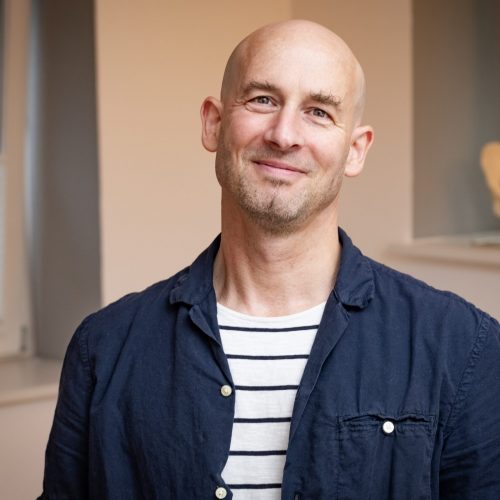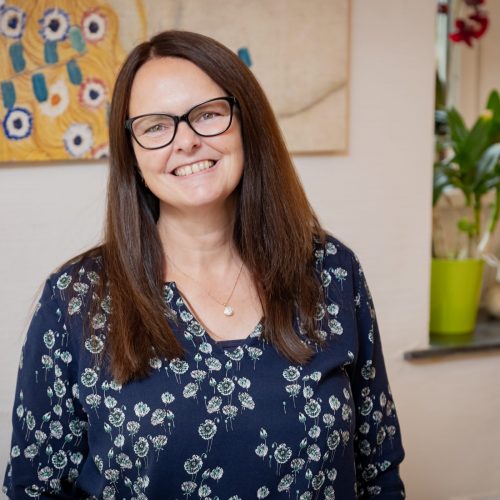Andrew T. Still (Founder of osteopathy)
Welcome to our practice
for Osteopathy & Healing
Dear patients, we are pleased to welcome you to our website. On the following pages we would like to introduce you to our concept, our holistic and varied range of treatments and the organisation of our practice. Our goal is your health. As our patient, you and your wishes and needs are at the centre of everything we do. We are happy to take the time to provide you with personalised advice and the most effective therapeutic measures. Professional and trusting co-operation between the patient and the therapist is an important basis for successful treatment. Our team supports us in our daily practice activities.
Discover the self-healing power of your body and the benefits of osteopathy
If you are fed up with ineffective medication with unpleasant side effects, painful and expensive injections that only help for a short time, or if you are tired of hearing that your only alternative is surgery, which is also dangerous, costly and irreversible, then find out what osteopathy can do for you.
Arrange appointment
Practice team
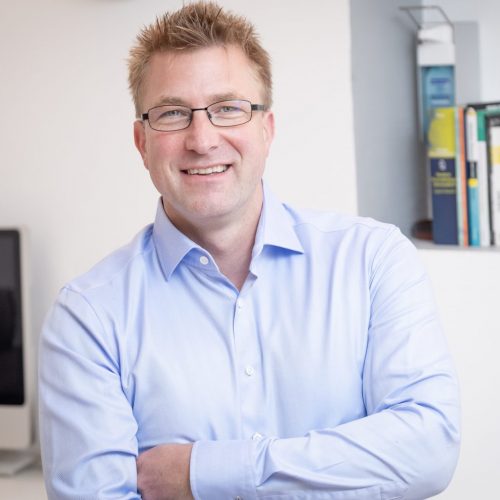
MARC DALY
„Principal Osteopath“
(for adults and horses)
About me
I was born and raised in London, England in 1973. I have been training and treating my clients and patients in a variety of ways for almost 25 years. My previous professional experience was in the field of sport & sports medicine and included the support and care of athletes from a wide range of disciplines.
Both my work and my further education focused on diagnosing injuries and improving form, function and performance to minimise the risk of injury. After a few years I was given the opportunity to teach anatomy, physiology and sports theory. During this time I was fortunate enough to work with esteemed and successful therapists such as medical doctors, osteopaths, physiotherapists and sports trainers, with whom I was able to exchange experiences and knowledge. It was the osteopaths in particular who impressed me with their diagnostic skills and their passion for extensive knowledge: Their different approaches and diverse treatment and therapy options, as well as their success with these very treatment methods in many areas, never ceased to amaze me. These experiences led me to study osteopathy and complete my Master’s degree in Osteopathic Medicine at the London School of Osteopathy in 2011.
At the same time, my wife and I decided that London was not the right place for our young family. So a few years after the birth of our son – and with the arrival of our daughter already in sight – we embarked on a new adventure and moved to Göttingen, the city of my wife’s birth; the city that I had taken to my heart since my first visit in 2004. The decision to give up a well-running London practice and set up something new elsewhere was not an easy one. Learning German, the alternative practitioners needed in Germany passing the exam and treating patients in my new language has often pushed me to my limits, but you grow with your challenges! I am therefore all the more pleased to be part of a new, friendly and successful practice team. My aim is to find the right diagnoses for my patients, treat them specifically to alleviate their complaints and support them in their further recovery.
Practice tour
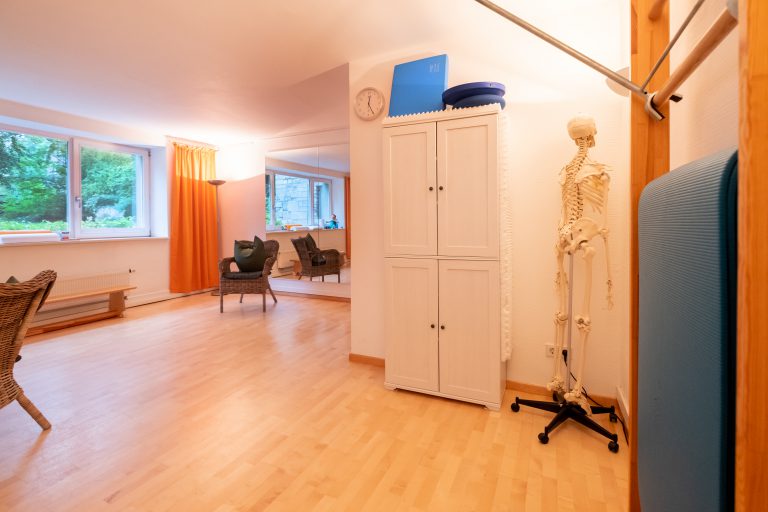
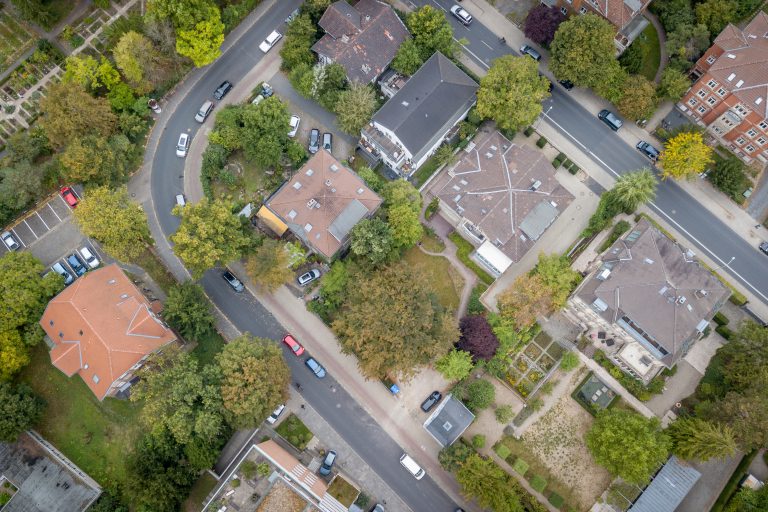
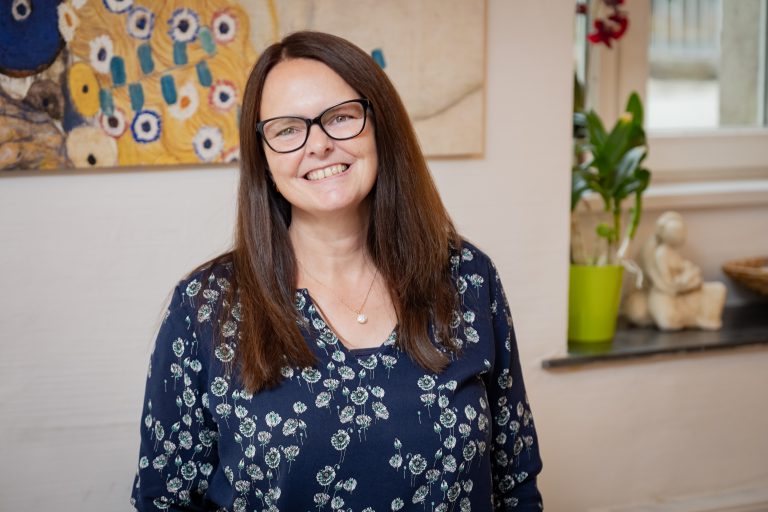
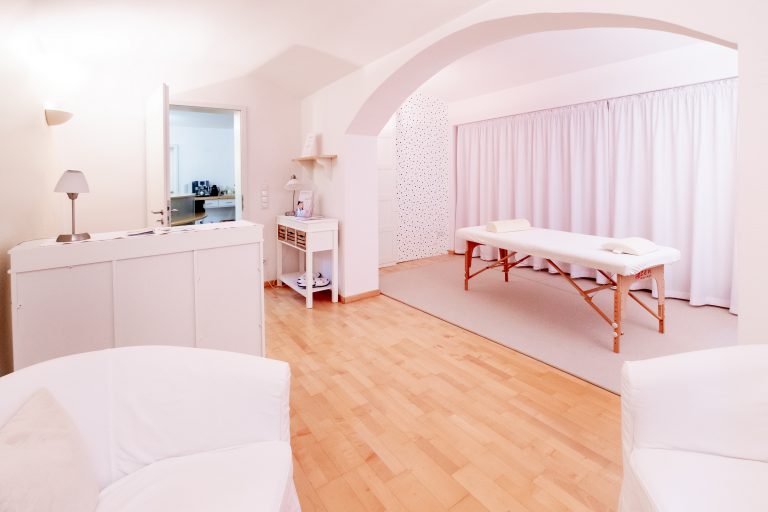
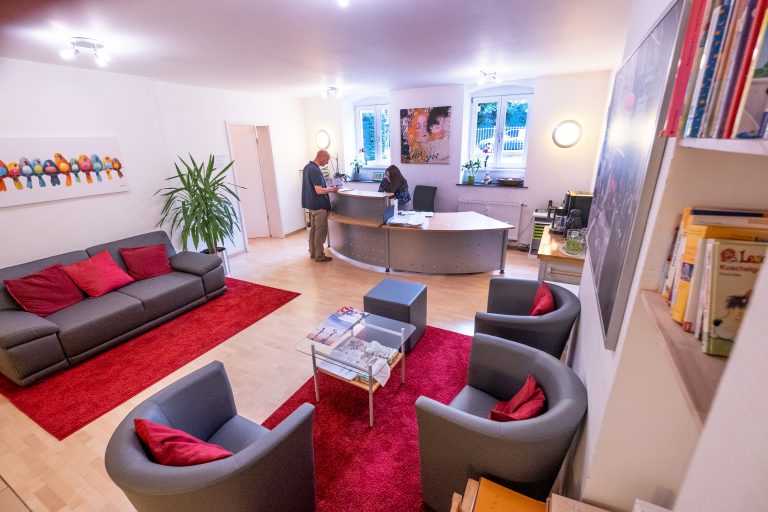
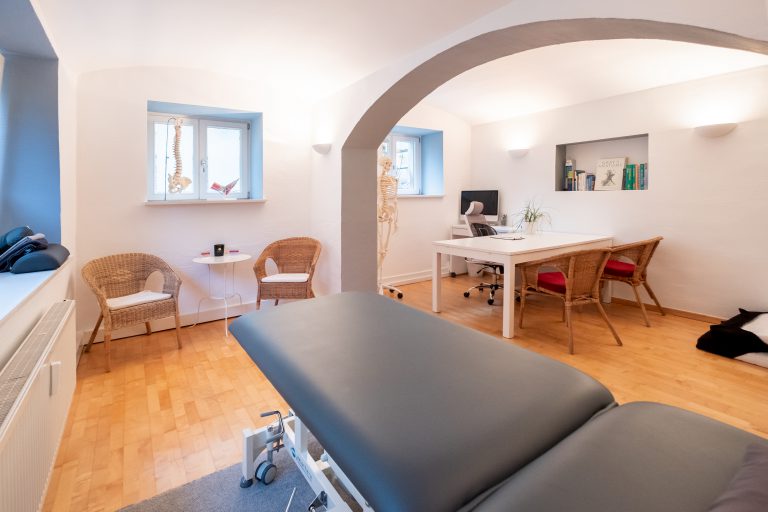
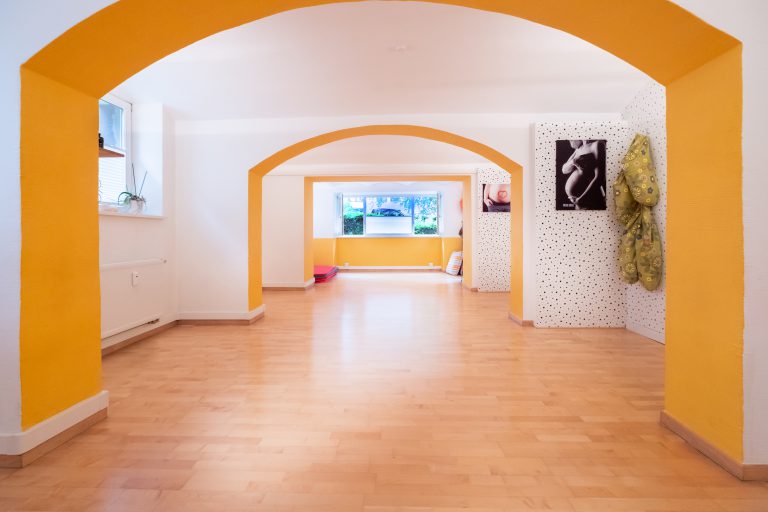
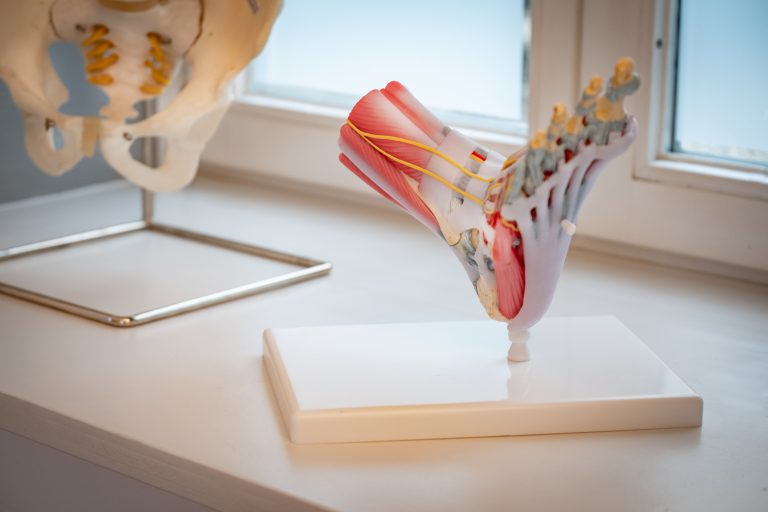
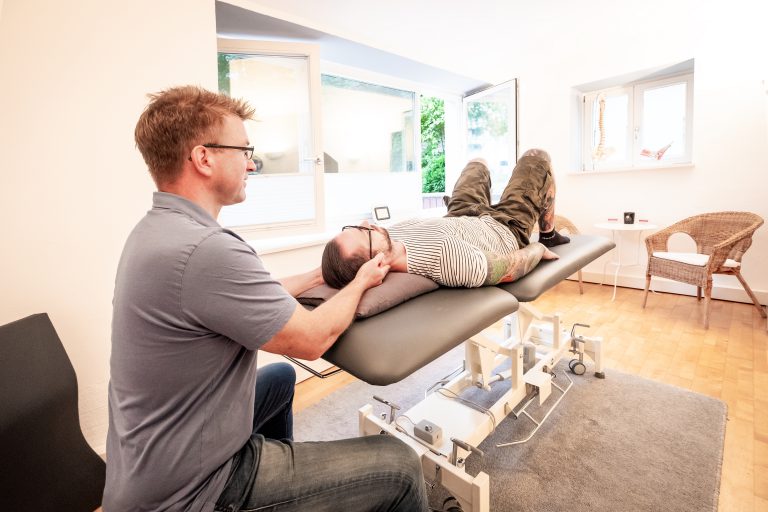
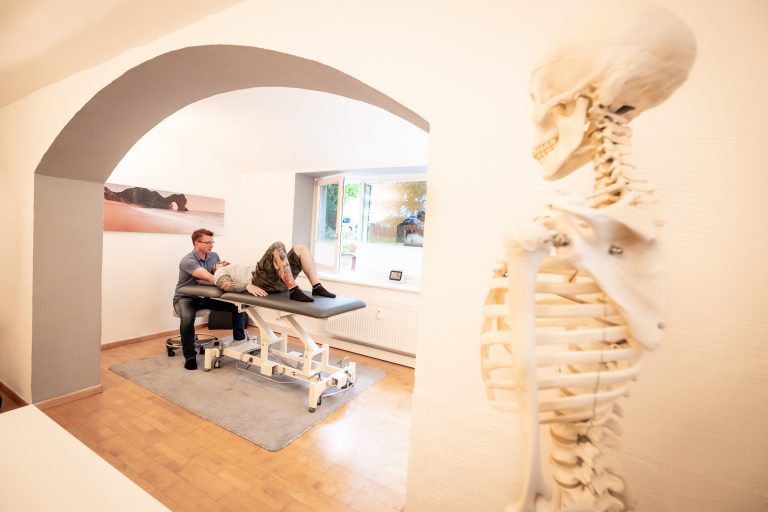






Services
Osteopathy
Osteopathy is a holistic manual procedure used to diagnose and treat functional disorders. Osteopathy was founded 150 years ago by the American physician Dr Andrew Taylor Still (1828-1917) and has since been continuously developed in line with the latest scientific findings. Due to its effectiveness, this gentle form of treatment is increasingly recognised and used today. Osteopaths use their in-depth knowledge of anatomy and physiology as well as the fine perception of their hands to assess and treat the condition. Using a variety of differentiated manual techniques, the osteopath is able to track down the cause of complaints and eliminate them. The aim of the treatment is to normalise the function of the various body systems and thus activate the self-regulating powers of the entire organism.
According to osteopathic thinking, the organism is healthy when the three mutually influencing systems of the body (musculoskeletal system, internal organs, nervous system) are in balance. In line with this holistic approach, the entire body is always examined and treated in an osteopathic session using specific manual techniques. Osteopathy can be divided into four main areas:
Parietal osteopathy
Parietal or structural osteopathy deals with the examination and treatment of bones, muscles, tendons, ligaments and fascia. Disorders such as joint blockages or tension are gently released (an expanded form of chiropractic).
Visceral osteopathy
Visceral osteopathy deals with the internal organs, the corresponding blood vessels, lymph vessels and nerves as well as the surrounding connective tissue, through which the viscera have direct contact with the skeleton and other organs. Visceral treatment releases any restrictions in the movement of the viscera and normalises the blood supply and lymph flow.
Craniosacral osteopathy
Still’s student Dr William Garner Sutherland researched the field of craniosacral osteopathy and discovered a new body rhythm through his observations. Sutherland discovered that the skull consists of individual bones that have a mobility, and that this mobility can be found in all bones of the body, fuelled by the so-called primary respiration. The craniosacral system includes the skull (lat. cranium), the sacrum (lat. os sacrum) and the spinal canal, in which the cerebrospinal fluid circulates. As the craniosacral system is closely related to the central nervous system, craniosacral therapy can also have a direct influence on the fundamental psycho-physiological processes in the body.
Bio-dynamic osteopathy
The American osteopath Dr James Jealous combined Sutherland’s ‘Cranial Osteopathy’ with the teachings of the German embryologist Dr Erich Blechschmidt (‘Biokinetics and Biodynamics of Human Differentiation’). He calls the resulting aspect of osteopathy ‘Biodyamics of Osteopathy in the Cranial Field.’ Although biodynamic osteopathy has developed from osteopathy, it also distinguishes itself from other osteopathic approaches. The aim of biodynamics is also the experience of wholeness. As this is present at all times, it can be specifically perceived but never ‘brought about’. Any activity is therefore superfluous. An approach to the whole can therefore only take place through perception.
Horse osteopathy
Marc is an experienced osteopath who specialises in equine and human therapy. He has more than 30 years of experience in the field of sports medicine and has made a name for himself in particular through his work with both humans and horses (here according to the teachings of Barbara Welter-Böller). His in-depth knowledge of structural and functional osteopathy enables him to provide optimum support for the physical health and performance of both people and animals. He always radiates an inner calm, which is particularly important when working with horses.
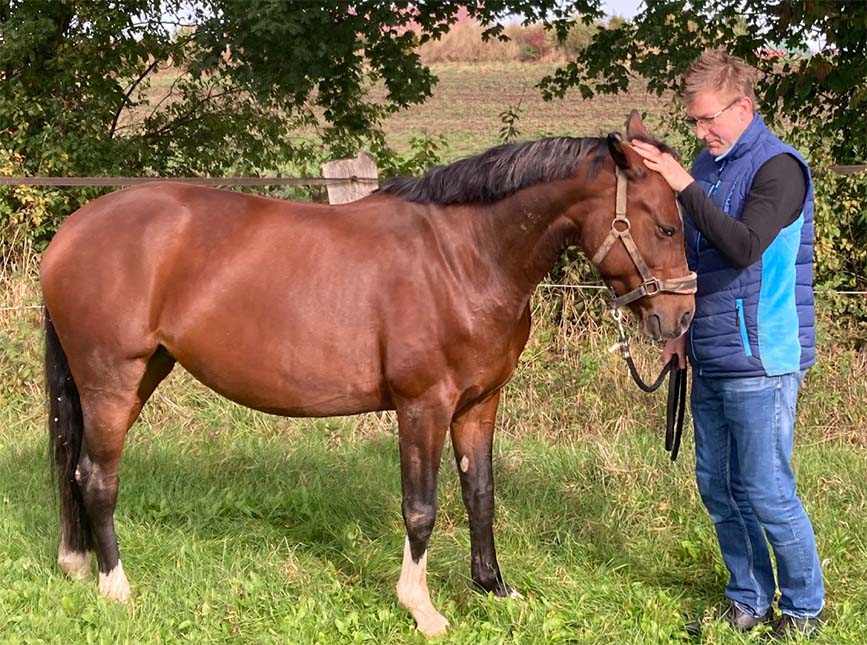
For more information or to make an appointment, please call:
0551 4014 9030 or 0176 3044 9105
Advantages of osteopathy:
✓ A gentle, holistic therapy method
✓ Promotion of self-healing
✓ Relief from pain caused by muscular muscular tension, joint blockages or can be caused by incorrect posture
✓ Improved posture and balance – both for the rider as well as for the horse
✓ Improved performance and stress reduction -Osteopathy can have a positive effect on the behaviour and mood of the animal
✓ Regular treatments make it possible recognise problems at an early stage before they develop into serious illnesses. This can lead to lengthy and expensive Prevent treatments
✓ Osteopathy can be used alone or in conjunction with other veterinary treatments be applied
When to use horse osteopathy?
If the horse shows the following signs:
➨ Pain when touching certain body areas or more generally Pain reaction
➨ Lameness, stiffness
➨ Abnormalities in the spinal column area / in the Saddle position
➨ Crooked posture (head / neck / tail)
➨ Sensitivity in the abdominal area (e.g. compulsory use of seat belts) Rideability problems
➨ Unexplained performance deficits
➨ Beat errors or gait abnormalities
➨ Disobedience or refusal to jump
➨ Stress / nervousness
➨ Problems with bending and position after fall /Immobilisation / injury / long transport
➨ Digestive disorders
➨ Support for chronic illnesses
➨ Inflammatory or degenerative diseases
Osteopathy does not replace a vet in emergencies,
but can be used in a complementary way
Healing
If you want to feel really well and healthy, you should make sure that you keep yourself holistically in balance. Body, soul and spirit all play an equally important role and should be in harmonious balance with each other. I offer a wide range of diagnostics and therapies in my medical practice. Using natural remedies, phytotherapy and various alternative therapies, I endeavour to help you restore balance and strengthen your health. As an alternative practitioner and osteopath, it is important to me to be able to contribute holistically to your recovery and well-being. All osteopaths must have a full Heilpraktiker licence so that the Heilpraktiker services can be billed via private health insurance, private + state aid and special supplementary insurance.
According to osteopathic thinking, the organism is healthy when the three mutually influencing systems of the body (musculoskeletal system, internal organs, nervous system) are in balance. In line with this holistic approach, the entire body is always examined and treated in an osteopathic session using specific manual techniques. Osteopathy can be divided into four main areas:
Pilates training
The Pilates method is a holistic body workout that primarily targets the deep, small and usually weaker muscle groups, which are intended to ensure correct and healthy posture. The training includes strength exercises, stretching and conscious breathing. It is also conditionally suitable for rehabilitation after accidents.
The aim is to optimise the performance of the musculoskeletal system – strength, flexibility and endurance – without the risk of injury or ‘muscle mountains’. Pilates focuses on core stability, which includes stabilising the pelvis and shoulder girdle, neutral alignment and correct breathing. The exercise helps to restore the natural curvature of the spine, release tension, relieve back pain and prevent injury. Athletes like to use Pilates to increase their performance in relation to the ‘powerhouse’.
Our instructors are all STOTT Pilates qualified, certified and regularly improve their training. In small groups of a maximum of eight participants, we can take care of each individual participant and – according to their personal fitness capacity – guide them to perform the exercises correctly. In addition to Pilates on the mat, we use small equipment such as halos, Pilates rollers, thera-bands, fitness circles and much more.
Sports massage
In a sports massage, deep tissue is primarily stimulated, which has a positive effect, especially on chronic muscle tension. This form of massage is relatively firm and specifically targets particular issues and blocked areas. Tense muscle tissue is loosened, scar tissue is broken down, and the connective tissue is intentionally stimulated to improve circulation. In this way, healing processes, such as those following a sports injury, can be promoted.
Additionally, sports massage provides relaxation and helps reduce stress. The applications of deep tissue massage include not only injuries and chronic tension but also migraines, osteoarthritis, joint pain, rheumatism, and menstrual discomfort.
Personal training
In our private training studio, personal training offers a completely individualized program tailored to each client, unlike fitness classes. Our qualified and certified personal trainers take into account a client’s current health and fitness status, as well as their athletic goals or health wishes, to create a holistic and progressive training program. They accompany the accurate execution of exercises at every moment, supporting and motivating their clients.
Typically, a training session lasts one hour and is repeated at regular intervals, with the workouts consistently varied. Whether the focus is on muscle building, weight management, or enhanced athletic performance, it has been shown that personal training helps clients achieve their goals faster. Furthermore, those who train under proper guidance and with carefully selected exercises experience significantly fewer injuries.
Enquiry form
Use our enquiry form and receive information on dates, courses and treatment options.Consultation hours
Mondays 09:30 – 15:30Tuesdays 09:00 – 14:00
Wednesdays 09:00 – 15:30
Thursdays 09:00 – 13:00


Appointments also
available in english.
available in the immediate vicinity
(access via Wilhelm-Weber Staße)
You can reach us by bus lines 41, 42, 80, 150, 170, E, E41, and E80.
More information
Nikolausberger Weg 20
37073 Göttingen
© Copyright 2018 Marc James Daly

